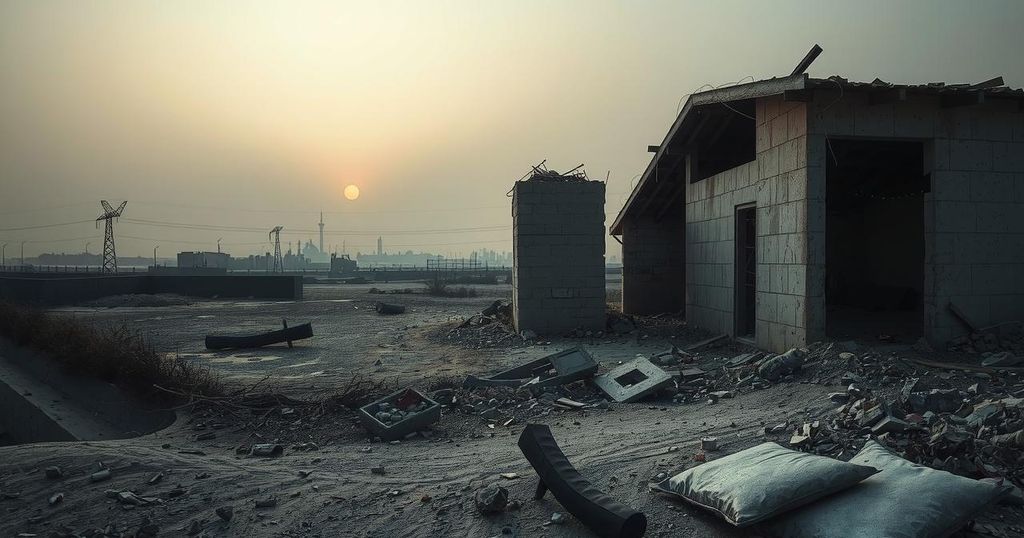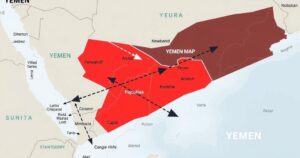Syria’s Ongoing Vulnerability: Attacks Highlight Humanitarian Crisis

The UN condemned a car bomb in Manbij, Syria, killing 20, predominantly women. The attack symbolizes ongoing violence in a region grappling with conflicts among various factions. As hostilities continue, over 25,000 individuals have been displaced, and humanitarian efforts face barriers due to destroyed infrastructure and public service deficiencies. Refugee returns have increased, yet significant challenges remain.
The United Nations condemned a recent car bomb attack in Manbij, Syria, which resulted in the deaths of 20 individuals, primarily women, and left many critically injured. Occurring near the Turkish border, this explosion targeted a vehicle carrying seasonal agricultural workers and was described as the deadliest attack since the fall of the Assad regime. The region, plagued by conflict between Turkish-backed forces and Kurdish fighters, has seen multiple such attacks in a short span of time, though no group has yet claimed responsibility.
Ongoing violence in northeast Syria, particularly in eastern Aleppo, Al-Hasakeh, and Ar-Raqqa, has displaced over 25,000 people. Continuous shelling, airstrikes, and clashes have resulted in significant destruction of homes, hospitals, and essential infrastructure, according to a UN report. The humanitarian situation remains dire, as public services are severely lacking, complicating the efforts of humanitarian organizations to provide assistance to affected populations.
Despite the challenging conditions, UN agencies and partners have been active in delivering humanitarian aid and monitoring the situation. A recent UN mission assessed cash distribution efforts in Idlib, demonstrating increased cross-border activities. Additionally, a mission conducted in Sweida unveiled critical shortages in basic resources, indicative of the broader humanitarian crisis fed by adverse weather conditions and ongoing conflict.
The UNHCR reported an increase in Syrian refugees expressing interest in returning home, with 27 percent of those surveyed in Jordan, Lebanon, Iraq, and Egypt indicating plans to return within the next year. Since the fall of the Assad regime, over 210,000 Syrian refugees have returned, facing significant challenges such as damaged property and insufficient infrastructure. Internally displaced persons in Syria have also begun to return, although the numbers remain modest due to ongoing security concerns and the limited availability of essential services.
The context of this article revolves around the spiraling violence and humanitarian crisis in Syria, particularly impacting regions like eastern Aleppo. With continuous attacks leading to civilian casualties, the ongoing strife reflects the longstanding conflict involving various factions. The UN acts as a monitoring body, providing updates on the humanitarian situation and assessing needs while calling for adherence to international humanitarian law to protect civilians.
In conclusion, the situation in Syria remains precarious, with deadly attacks underscoring the country’s vulnerability. The humanitarian crisis is exacerbated by ongoing violence, leading to mass displacement and devastation of infrastructure. Despite efforts to assist and a notable interest in repatriation among refugees, substantial challenges persist, complicating recovery efforts and raising concerns about the safety and welfare of returning populations.
Original Source: news.un.org








